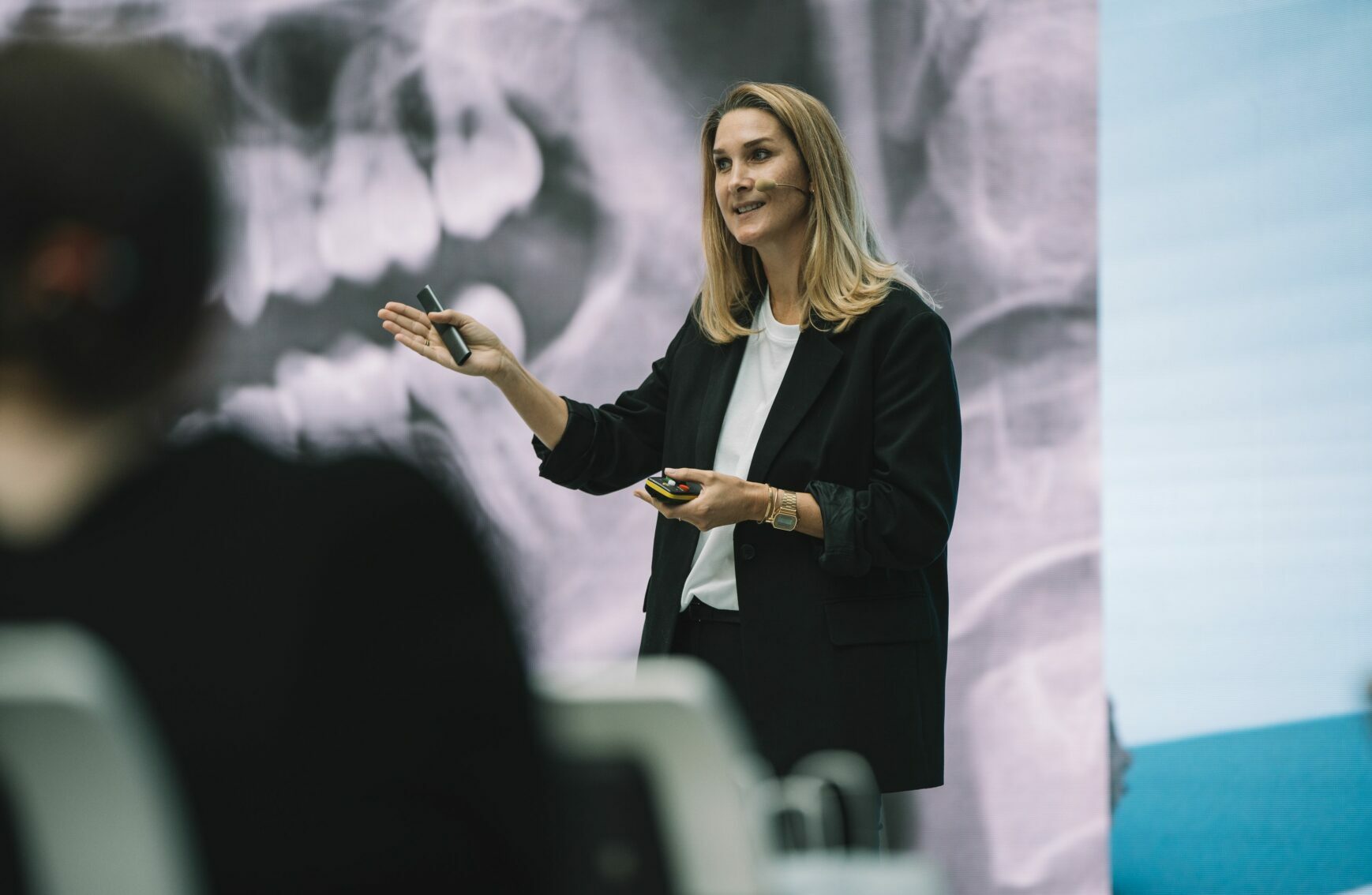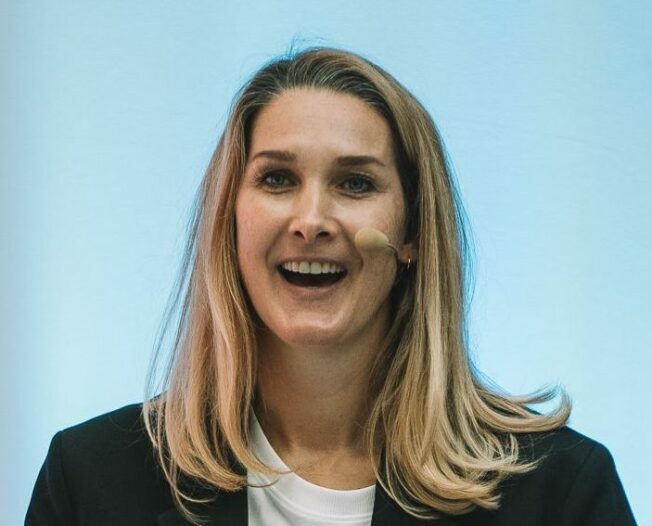
COURSE RECORDING. Aligner therapy possibilities and limitations in young patients
Online
Dr. Julia Haubrich
This is a full-day course led by Dr. med. dent Julia Haubrich, a renowned clinical speaker on aligner technology since 2005. Dr. Haubrich will deep dive into the topic of particular interest – aligner therapy and its nuances in young and elder patients.
During this full-day course, you will learn about:
- How to apply aligner therapy in young patients?
- What are the advantages and disadvantages of aligner orthodontics in young patients?
- What are the possibilities and clinical limitations to take into account?
- What are treatment options to gain space and avoid potential extraction treatments with aligner orthodontics?
- What are treatment possibilities before and during the change of the permanent dentition in class II patients with aligner orthodontics?
After years of experience with the system, almost all tooth movements can be performed with aligner orthodontics alone or in combination with other techniques. Thereby aligner orthodontics has become established worldwide and counts as being one of the most innovative orthodontic techniques. The treatment offers a variety of advantages compared to fixed appliance techniques for young patients.
In patients with premature baby teeth loss and insufficient retention of spaces, the Leeway space can be reduced due to undesired neighbour tooth migration and space could become insufficient for the eruption of all permanent teeth. Various orthodontic treatment options may be used to reopen spaces and avoid potential extractions in the permanent dentition. One option is the treatment with aligner orthodontics, which allows an almost invisible and comfortable way of treating patients with fewer potential side effects than with conventional fixed appliances.
Class II non extraction treatment can be performed well with aligner orthodontics in young patients. Depending on the age of the patient, this includes the combined treatment of a skeletal class II in the growing patient as well as class II treatments with distalization in the maxillary arch.
The Speaker

Dr. Julia Haubrich
Dr Julia Haubrich studied dentistry at the University of Freiburg (Albert Ludwigs Universität), graduating in 2001. After working as a general dentist, she began her postgraduate studies in orthodontics in the private practice of Dr Werner Schupp from 2003 to 2005, continuing her studies at the University of Berlin (Charité Universität) under the direction of Prof Dr R R Miethke. Since becoming a certified specialist of orthodontics in 2007, she has been collaborating with Dr Werner Schupp and Dr Bahareh Wymar in a private practice in Cologne, Germany. She is co-author of the book Funktionslehre in der Kieferorthopädie, and has published articles concerning orthodontic aligner therapy, function, and pain therapy in several national and international journals. Dr Haubrich has been a clinical speaker for aligner technology in Europe since 2005, and is a board member and Conference President of the German Society of Aligner Orthodontics.